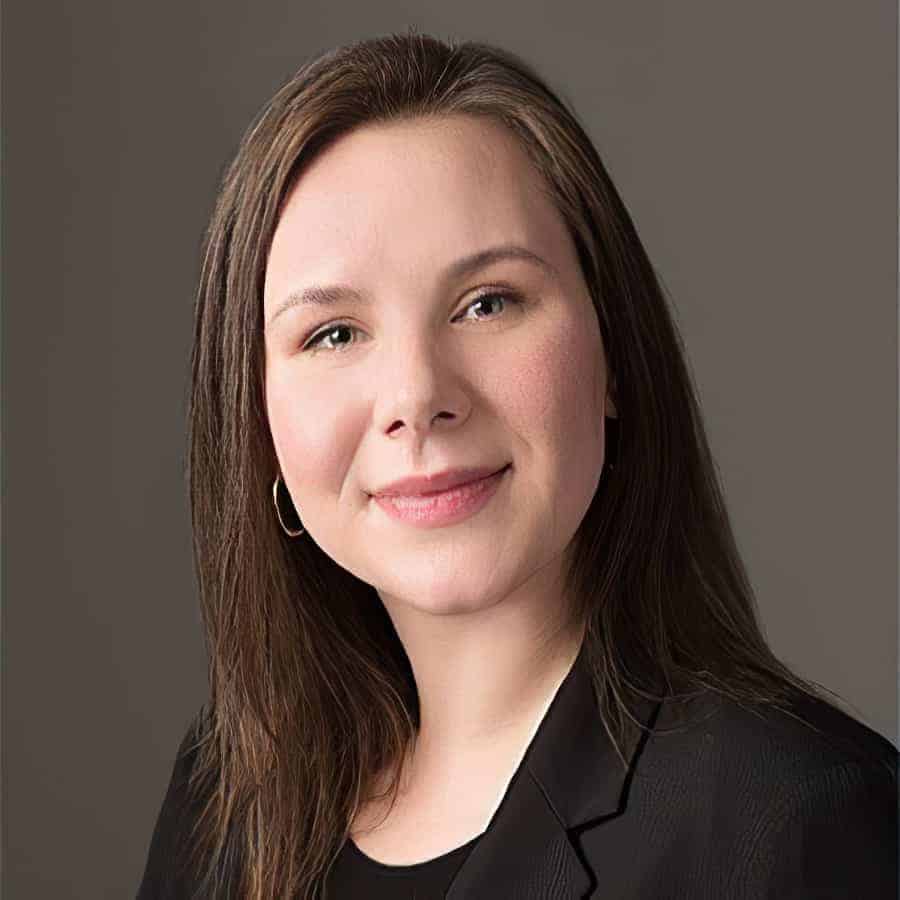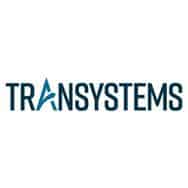In this episode, we talk to Megan Stringer, SE, LEED, AP, BD+C, Associate Principal at Holmes, about embodied carbon reduction and how engineers can help reduce embodied carbon in construction.
Engineering Quotes:
Here Are Some of the Questions We Ask Megan:
- What is embodied carbon and why is it important?
- How can structural engineers help reduce embodied carbon in construction?
- What is the Structural Engineers 2050 Commitment Program, and how does it aim to help embodied carbon reductions?
- What is the most creative thing that you have seen in an Embodied Carbon Action Plan (ECAP) regarding how an engineering firm has reduced their embodied carbon?
- What is a Life Cycle Assessment?
- What was your involvement in the largest mass timber building in North America — a Cross-Laminated Timber (CLT) structure?
- What career advice would you give to young engineers who would like to achieve success similar to yours?
Here Are Some of the Key Points Discussed About Reducing Embodied Carbon in Construction:
- The environmental impact of a building is referred to as the initial impact, or the embodied impact. The embodied carbon is the sum of equated greenhouse gas emissions that are released during the lifecycle of the building. It includes the material extraction, manufacturing the raw materials to structural materials, transportation impacts, construction impacts, maintenance impacts, and end-of-life impacts. Structural engineers must look at the number of materials needed and find ways to use materials that have fewer emissions.
- Structural engineers can help reduce embodied carbon in construction by specifying more concrete mixtures that have lower embodied carbon and using fewer materials that have higher embodied carbon. It can be done by looking at the Environmental Product Declaration for low embodied carbon materials.
- The Carbon Leadership Forum has set out a challenge to the structural engineering profession to reduce embodied carbon in all projects by the year 2050, which brought about the making of the Structural Engineers 2050 Commitment Program. There are many structural engineering firms that have joined the program to reduce the embodied carbon in their projects and submit their projects to a carbon embodied database. To join the program, you need a letter from your firm’s leadership, committing to the program requirements and an embodied carbon action plan, and you must submit a certain amount of embodied carbon data to a central database.
- An Embodied Carbon Action Plan (ECAP) is what a firm commits to in reducing the embodied carbon in their projects. Many firms already have ways that they track the embodied carbon in their projects. Many firms have groups that discuss different topics monthly. Some put together different case studies of their projects. It is interesting to see the many ways that firms are trying to reduce the embodied carbon, and the results they are getting.
- A Life Cycle Assessment is essentially environmental accounting of all the inputs and outputs that go into a building. It looks at all the environmental impacts that a building has, from obtaining the raw materials until the end-of-life of the building.
- The largest mass timber building in North America is unique because it has a composite timber laminated floors with concrete. It relies on both materials to achieve its expanding and contracting, and to accommodate the loading. The building has a large green roof that substantially contributes to the loading. The mass timber building contributes one-third less embodied carbon in comparison to a concrete building. It can be challenging to procure the amount of timber needed to construct this kind of project. Mass timber will be a large contributor in reducing the embodied carbon in our structures.
- To be a successful engineer, you must find, and get involved in, what you are passionate about. Getting involved in committees and professional organizations will help you to connect with many people in leadership roles, and open all kinds of opportunities for you.
More Details in This Episode…
About Megan Stringer, SE, LEED, AP, BD+C

When she isn’t zipping between speaking events and job sites, Megan is charting her next big adventure. A lifelong globetrotter, she has visited 50+ countries and has tips for earning major travel points. Her trips include sailing around the Arctic Circle, meeting her birth parents in South Korea, and climbing the Burj Khalifa on a layover. Traveling is a cherished opportunity to get outside of her comfort zone, reframe her values, and explore the local cuisine.
About the Hosts:
Mathew Picardal, P.E.

Cara Green, EIT

Sources/References:
Holmes
The International EPD System (Environmental Product Declaration)
Structural Engineers 2050 Commitment Program
SEI Sustainability Committee
Carbon Leadership Forum
Connect with Megan Stringer, SE, LEED, AP, BD+C, on LinkedIn
This Episode Is Brought to You by PPI

Please leave your comments or questions in the section below on reducing embodied carbon in construction and how structural engineers can help.













